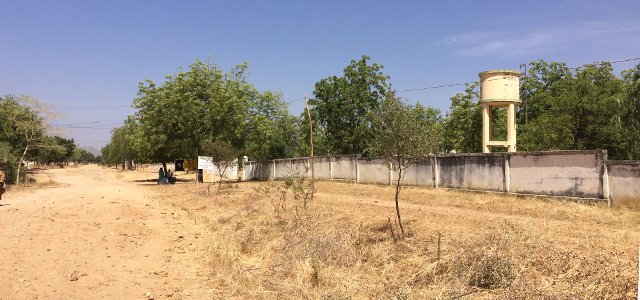Description
When it comes to climate change impacts, Cameroon is particularly exposed because of its territories in the Sahelian zone, which are hit hard by desertification, and its territories in coastal areas that are threatened by rising sea levels. Due to the great diversity in Cameroon, the nature of climate change and its impacts vary widely from one region to another. However, all agroecological zones will be affected in one way or another as well as all the sectors. The Cameroonian people must therefore face an important challenge, as their economic and social well-being are largely dependent on the viability of the main development sectors.
Action taken
Between 2012 and 2015 in Cameroon, a National Adaptation Plan for Climate Change (NAPCC) was elaborated in accordance with the UN Framework Convention on Climate Change. In 2016, within the framework of strengthening their partnership for effective fundraising for the NAPCC implementation, MINEPDED and GWP Cameroon initiated the process of the development of a National Investment Plan for Adaptation on Climate Change (NIPACC).
The approach, taken for preparing the National Adaptation Plan for Climate Change (NAPCC), was participatory, multidisciplinary, and systematic; it consisted of 11 steps and its critical components were conducting consultation and validation workshops and the building of an investment strategy. The NAPCC was built on 4 strategic axes (improving knowledge on climate change, educating the population to climate change adaptation, reducing vulnerability in the country’s main agroecological zones, integrate adaptation into national sectoral strategies).
Lessons learned
- A participatory approach is critical for a good quality document, however, the capacity of the persons engaged is even more crucial
- Prioritization depends on various issues including security, availability of funding, etc. Another important consideration is that national strategy for climate change adaptation requires prioritization mechanisms to identify the most appropriate adaptation measures, including timing, target areas/beneficiaries, competent authorities, and sequencing of activities.
- Implementing National Adaptation Plans requires a concerted effort from a range of institutional actors and from the public. Validation workshops ensure that everyone is clear about their respective mandates and fosters collaboration among these players. They can in fact be used to identify and encourage synergies with other multilateral environmental agreements as part of the planning and implementation process.
- Costing projects helps donors and financing partners to position themselves. However, costing is an expert activity and requires a good understanding of both current and future climate vulnerabilities. It is also essential to consider the potential costs associated with NAP implementation and how to cover these costs. Climate finance represents a critical challenge for developing countries. Thinking of finance options before the writing of a draft for the National Adaptation Plan is a useful strategy for prioritising which measures and actions plans will actually be feasible from a financial perspective.
- Mainstreaming NAPCC into strategic planning documents will facilitate its implementation. Including the NAPCC as part of the Intended Nationally Determined Contributions allows the Government of Cameroon to seek out funding from international climate adaptation programs (e.g. REDD+) to support the implementation of the Plan.

